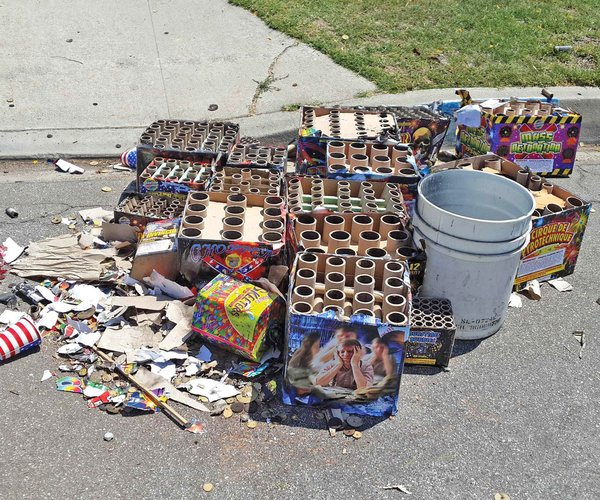The U.S. Department of Agriculture National Agricultural Statistics Service will embark on its second month gathering information on honey bee colonies across the nation in hopes of promoting honey bee health and reducing colony losses during winter to no more than 15 percent within 10 years.
For these surveys, NASS will reach out to beekeepers and farmers to determine the number and health of honey bee colonies, honey production and stocks, and the cost to farmers of pollination services. Survey results will be used to develop baseline data and additional goal metrics for winter, summer and total annual colony loss.
"These new data will be crucial to measuring and understanding the current state of the pollinator industry in the United States," said NASS Administrator Joseph Reilly. "Honey beekeepers are encouraged to participate in the surveys so that policy makers have a robust data source to make informed decisions and protect our struggling pollinators."
Pollinators such as honey bees are critical to the nation's economy, food security and environmental health. Honey bee pollination alone adds more than $15 billion in value to agricultural crops each year, and helps to provide ample fruits, nuts, and vegetables.
Despite their importance, honey bees are struggling. Last year, the ninth annual national survey of honey bee losses revealed that approximately 40 percent of honey bee colonies died over a 12-month period from April 2014 to April 2015. For beekeepers, this decline threatened the viability of their livelihoods and the essential pollination services their bees provide to agriculture.
A significant factor in this drastic reduction is Colony Collapse Disorder, which the USDA Agricultural Research Services defined as a "dead colony with no adult bees or dead bee bodies, but with a live queen and usually honey and immature bees still present." As of yet, no scientific cause for CCD has been proven.
Beekeepers will receive two surveys from NASS, one of which is the existing Bee and Honey Inquiry, which surveys beekeepers about honey production, price, and stocks, but not colony health. The second survey will be used by NASS to publish state-level estimates on key topics, including number of colonies, colonies lost, colonies added, and colonies affected by certain stressors. The results of the surveys are slated for release in March and May, respectively.
Additionally, NASS will survey farmers about crops pollinated, number of colonies needed for pollination, and the cost for those colonies. NASS plans to publish those survey results in December 2016.
These surveys and corresponding data are part of the National Strategy to Promote the Health of Honey Bees and Other Pollinators, which is prepared by the Pollinator Health Task Force and co-chaired by USDA. The strategy is a comprehensive plan to work across the Federal government and with partners to address the research, education and management challenges that must be overcome to sustain healthy pollinator populations. One of the three overarching goals of the National Strategy is to reduce honey bee colony loss and to develop additional baseline data using the NASS data.





